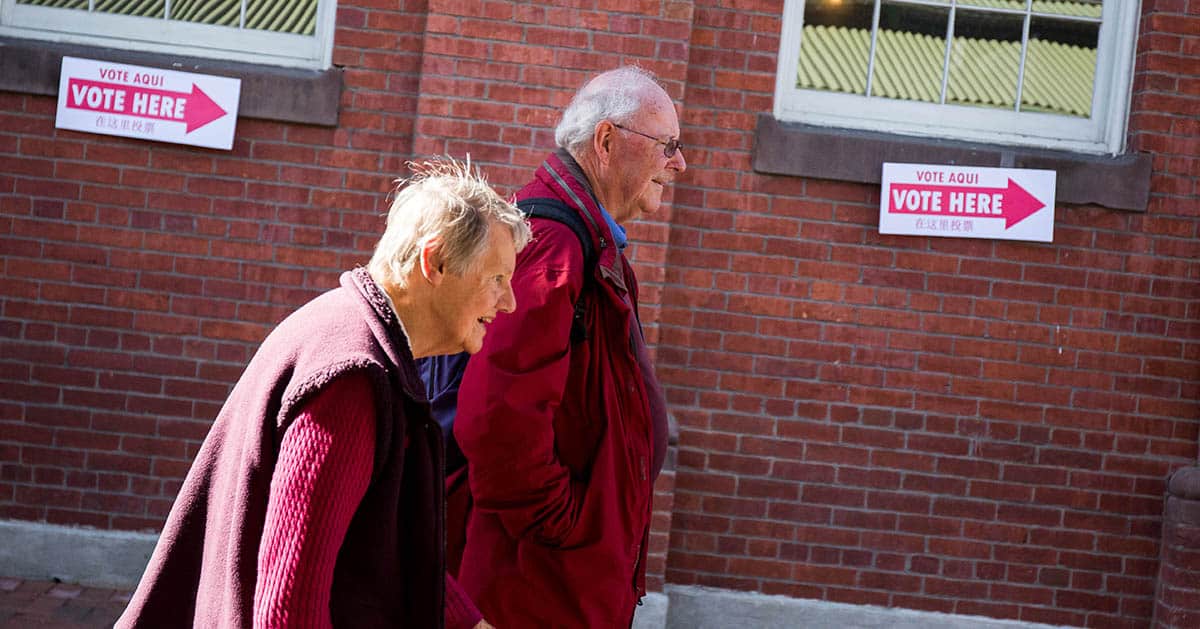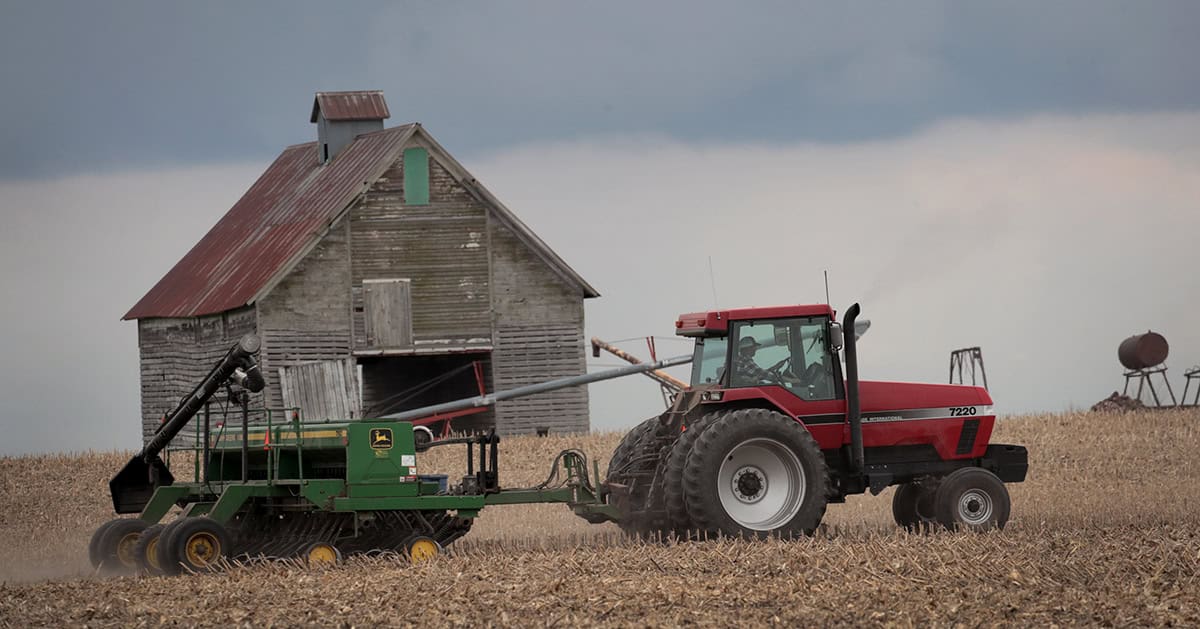What Happens to State Governments When Federal Funds Run Out?
Last Updated June 22, 2022
The legislative response to COVID-19 has been an essential part of supporting Americans and the economy through the crisis. However, states are now navigating how to avoid a budget shortfall (sometimes referred to as a “fiscal cliff”) once federal aid wanes. In its latest issue paper, “The $195 Billion Challenge,” the Volcker Alliance examines how states are using funds provided by the American Rescue Plan (which could last until 2026) and the “fiscal cliff” some states will encounter. For example, some states are directing federal relief funds toward recurring needs (i.e., infrastructure maintenance, new programs, and revenue replacement), seemingly without plans for when funds run out.
Understanding approaches at the state level can surface important insights on the successes and risks of different budget strategies, as well as highlight the fiscal relationship between federal and state governments. Visit the Volcker Alliance website to learn more about state budgeting.
Note: This report was funded by the Peter G. Peterson Foundation as part of our work to support projects, through grants and partnerships, that educate and engage Americans from a variety of perspectives. Learn more about our grantmaking.
Image credit: Getty Images
Further Reading
What Is the Disaster Relief Fund?
Climate and weather-related natural disasters are becoming increasingly frequent. In addition to endangering lives, they are economically costly.
How Does the Aging of the Population Affect Our Fiscal Health?
As a large portion of the American population lives well beyond retirement age, the total cost of providing healthcare will grow as well.
What Is the Farm Bill, and Why Does It Matter for the Federal Budget?
The Farm Bill provides an opportunity for policymakers to comprehensively address agricultural, food, conservation, and other issues.


